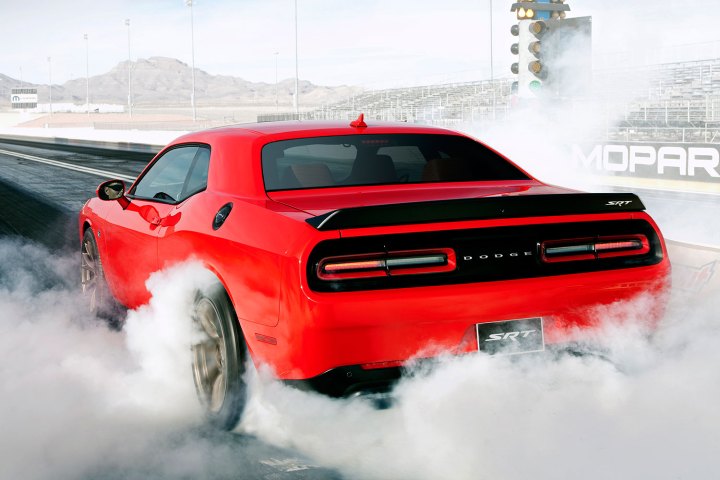
Chris Cowland, Fiat-Chrysler’s director of advanced and SRT powertrain development, began toying with the idea of building a 600-horsepower engine to power Dodge’s muscle car duo a couple of years ago. He presented his idea to the company’s top management, including head honcho Sergio Marchionne, and quickly received the proverbial nod of approval. Work began, but Cowland learned through industry whisperings that the next-generation of the Ford Shelby GT500 Mustang will have over 600 horsepower. The bar had already been raised.
Instead of settling for second best, Cowland returned to the company’s top brass and asked for permission to bump the engine’s output up to 675 horsepower. Executives gave him the green light, but they refused to give his team more time and insisted that the new engine return the same gas mileage in spite of the extra grunt.
The team’s initial goal had always been 700 horsepower, so engineers set out to over-deliver. They took the initiative on their own instead of once again making a business case and asking for permission. Consequently, many Fiat-Chrysler workers — including a handful in the product development department — were kept in the dark until the very last minute.
Read more: A sharper and more powerful Dodge Challenger Hellcat could be on its way
“We built it because we could. We wanted to make a statement and move the brand forward,” Cowland summed up in a recent interview with the Detroit Free Press.
Currently, the Hellcat engine only powers the Challenger (pictured) and the Charger. However, Jeep’s Hellcat-powered Grand Cherokee Trackhawk is just a few months away from making its official debut, and recent rumors indicate that Ram will stuff the Hellcat V8 under the hood of the 1500 pickup and the Durango. Clearly, Cowland’s bet paid off.
Editors' Recommendations
- We really didn’t expect these two new contraptions from LG
- LG’s fully wireless StanbyMe is the touchscreen TV you didn’t know you wanted
- Everything Apple didn’t announce at its Unleashed event
- The biggest games we didn’t see at E3 2021: Hellblade, Splinter Cell, and more
- People waited overnight at Best Buy for the RTX 3080 Ti and still didn’t get it




